Beaches are often synonymous with paradise—warm sands, blue waters, and blissful relaxation. But lurking beneath the tranquil waves of some of these idyllic spots are creatures that can turn a dream vacation into a nightmare. From tiny jellyfish that pack a potent punch to otherworldly critters best admired from a distance, let’s explore 15 beaches where the waters harbor residents that are small but mighty—and sometimes lethal.
1. Queensland, Australia: Box Jellyfish
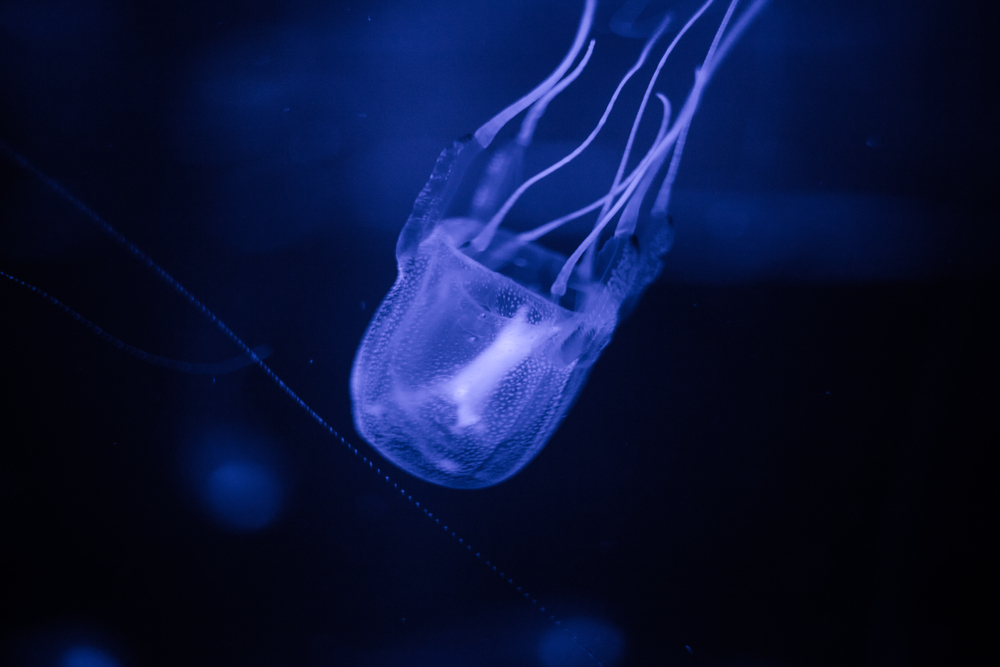
Queensland’s beaches are breathtaking, but it’s not just the Great Barrier Reef that’s teeming with life. Enter the box jellyfish, a nearly invisible ocean dweller with venom potent enough to bring even seasoned swimmers to their knees. These translucent cubes boast tentacles that can stretch over three meters long, delivering a sting that’s both excruciating and potentially deadly. While nets are often deployed to keep these critters at bay, those venturing into the water should always proceed with caution.
2. Okinawa, Japan: Irukandji Jellyfish
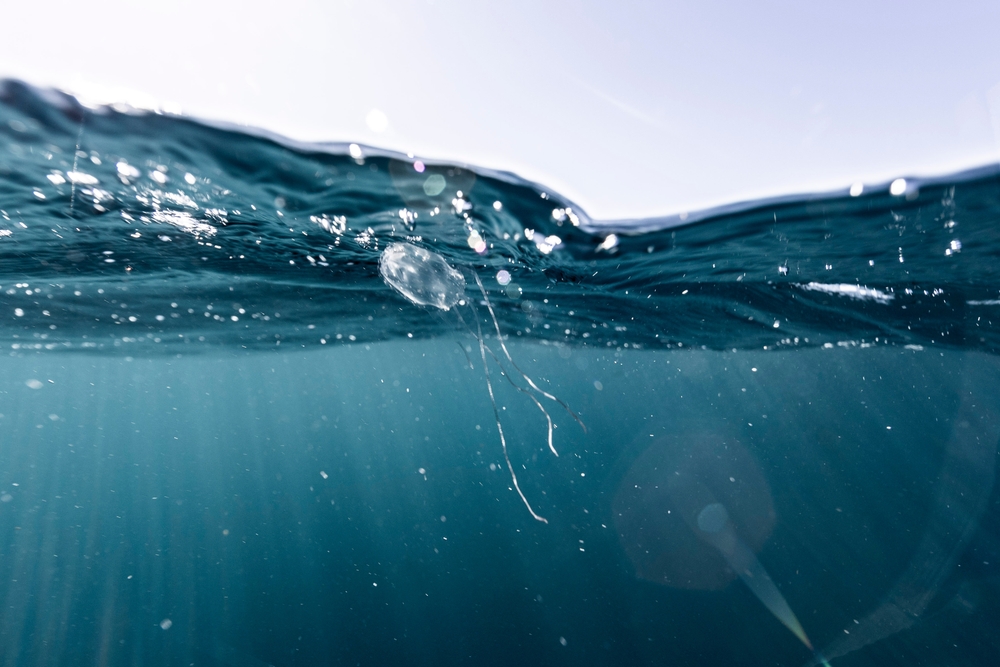
Okinawa’s crystal-clear waters and vibrant marine life invite exploration, but the tiny Irukandji jellyfish can quickly end that daydream. This diminutive yet dangerous creature delivers a sting that triggers severe symptoms known as Irukandji syndrome. Imagine a vacation spent battling excruciating pain, nausea, and even cardiac issues. Travelers should be mindful and heed local advisories, as these tiny terrors can catch even the most vigilant beachgoers by surprise.
3. Florida, USA: Portuguese Man o’ War
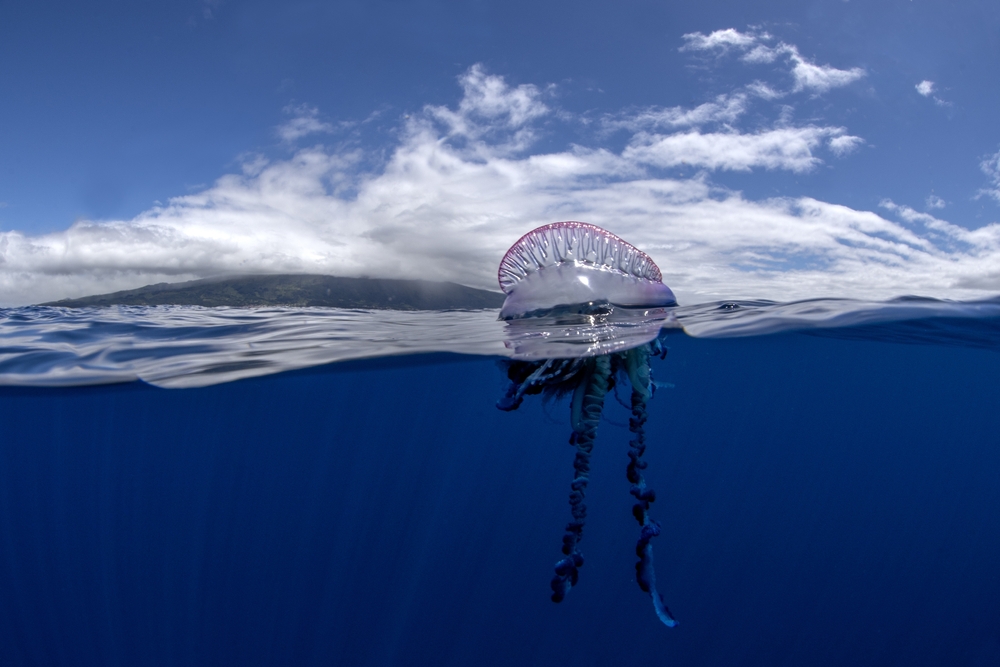
Florida’s sun-drenched coastline is a magnet for tourists, but it’s also a hotspot for the Portuguese man o’ war. Often mistaken for a jellyfish, this colonial organism is armed with tentacles that can extend up to 30 feet, capable of delivering painful stings even after it’s washed ashore. While they can be mesmerizing to look at, a close encounter with one can turn a beach escape into an agonizing experience. Simple advice: admire from afar.
4. Andaman Islands, India: Sea Wasp
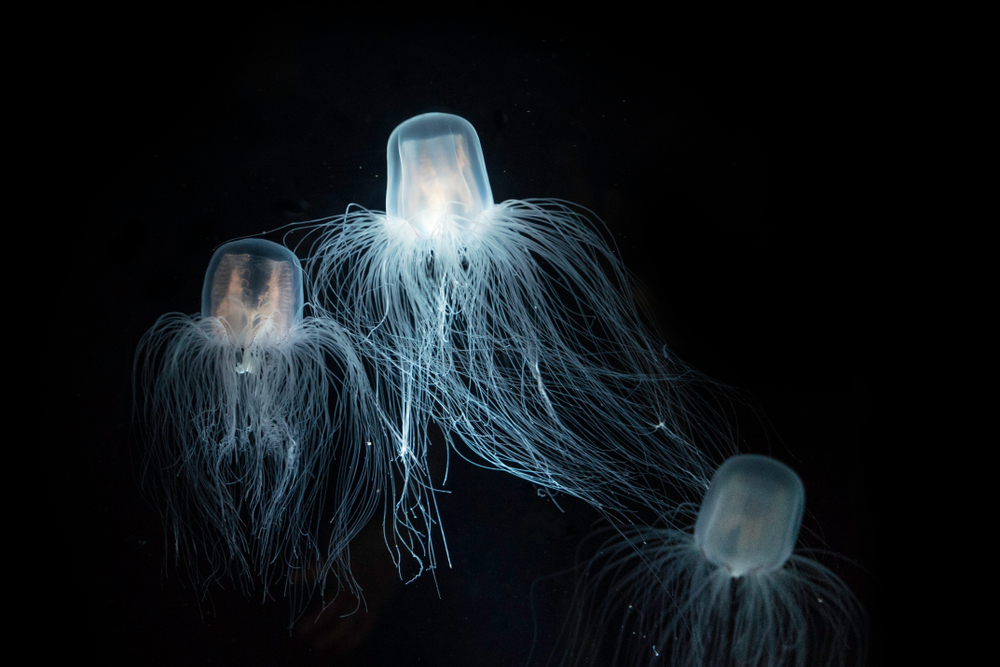
The Andaman Islands are home to lush landscapes and diverse marine life, but among this beauty lurks the formidable sea wasp. Known as one of the deadliest jellyfish, its sting can cause paralysis, heart failure, or even death within minutes. The sea wasp’s transparent body makes it almost invisible, adding an element of stealth to its danger. Visitors should take heed of local warnings and consider sticking to shallow waters where these creatures are less likely to roam.
5. Hawaii, USA: Cone Snail
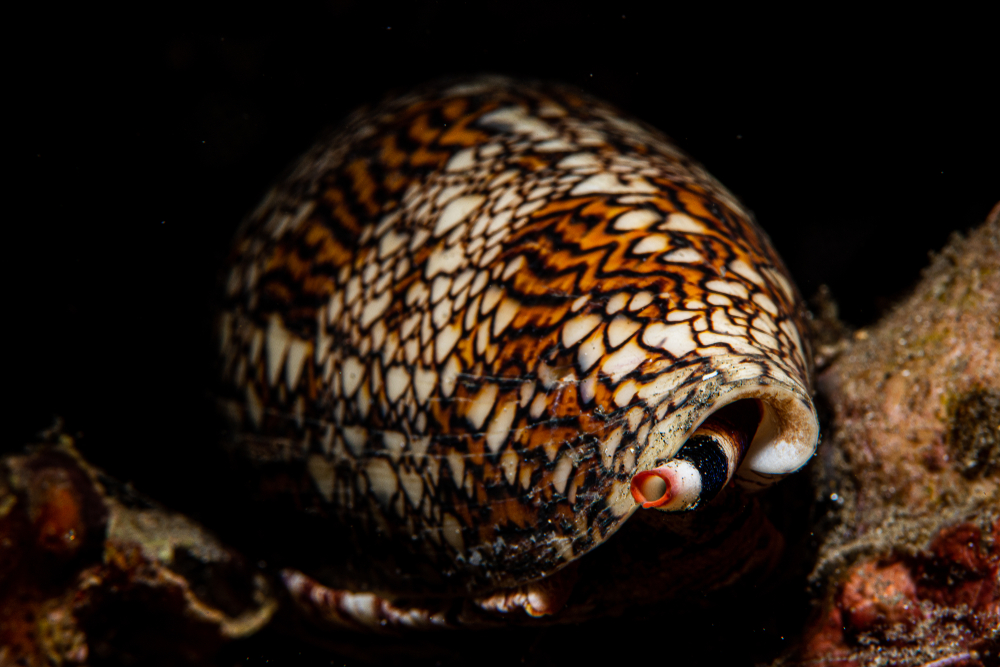
Hawaii’s beaches are synonymous with aloha vibes, but beneath its turquoise waters lies the unassuming cone snail. These beautifully patterned creatures might seem harmless, but their harpoon-like tooth can inject venom potent enough to paralyze fish—and occasionally humans. While fatalities are rare, the risk remains for those who pick up these snails as souvenirs. Beachgoers are best advised to appreciate their beauty without the need for a closer encounter.
6. Northern Territory, Australia: Blue-Ringed Octopus
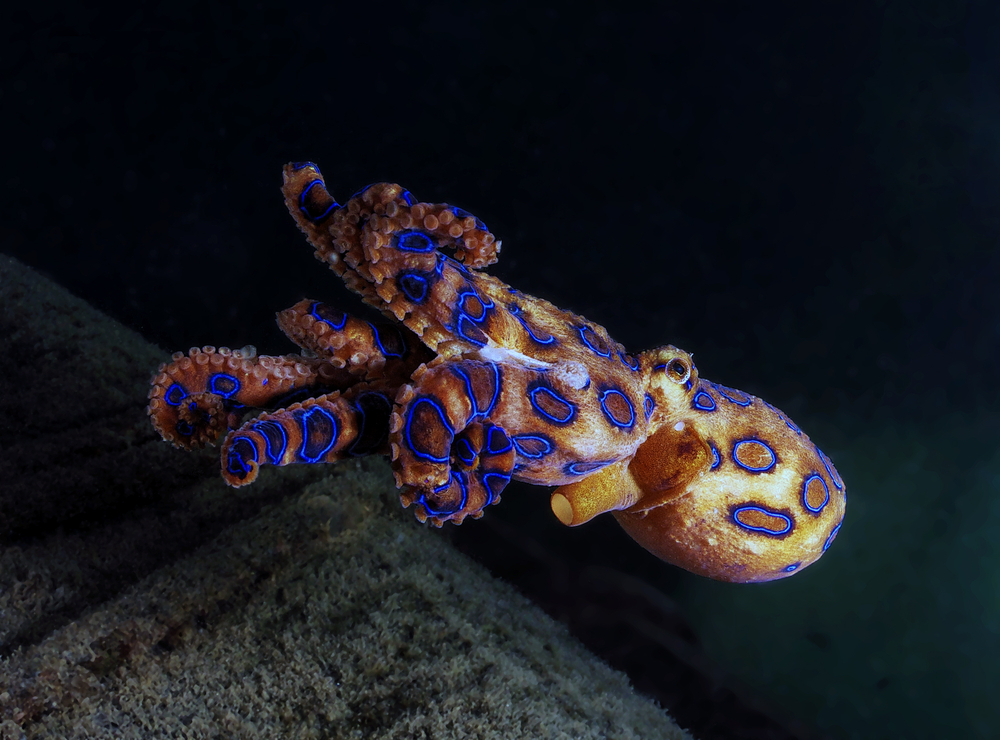
Australia’s Northern Territory boasts vibrant beaches, yet their waters are home to the enchanting but lethal blue-ringed octopus. Small enough to fit in the palm of your hand, it radiates warning blue rings when provoked. While their bite might be painless, the venom contained within can cause respiratory failure and paralysis. Despite their alluring appearance, these octopuses are best admired from a distance, lenses in hand rather than fingers.
7. Costa Rica: Stonefish
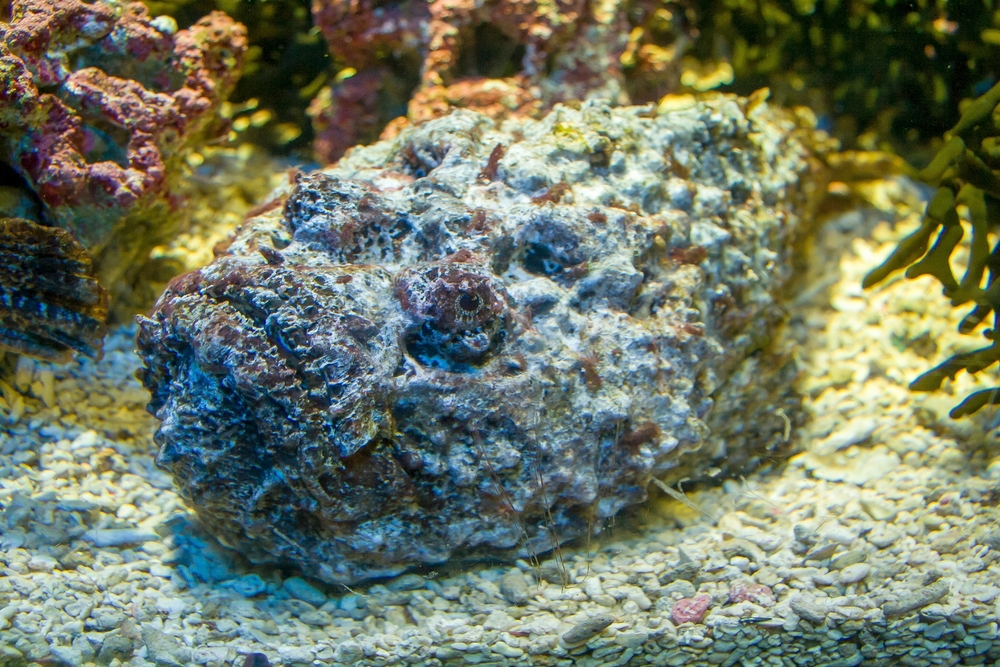
Costa Rica’s shores are a slice of paradise, yet venturing into its waters requires vigilance due to the stealthy stonefish. Master of disguise, this venomous fish camouflages perfectly with the ocean floor. A misplaced step can trigger its venomous spines, delivering a sting that induces excruciating pain and, in rare cases, can be fatal. Shuffling your feet while wading can help avoid an unwelcome encounter with this underwater landmine.
8. Phuket, Thailand: Lionfish
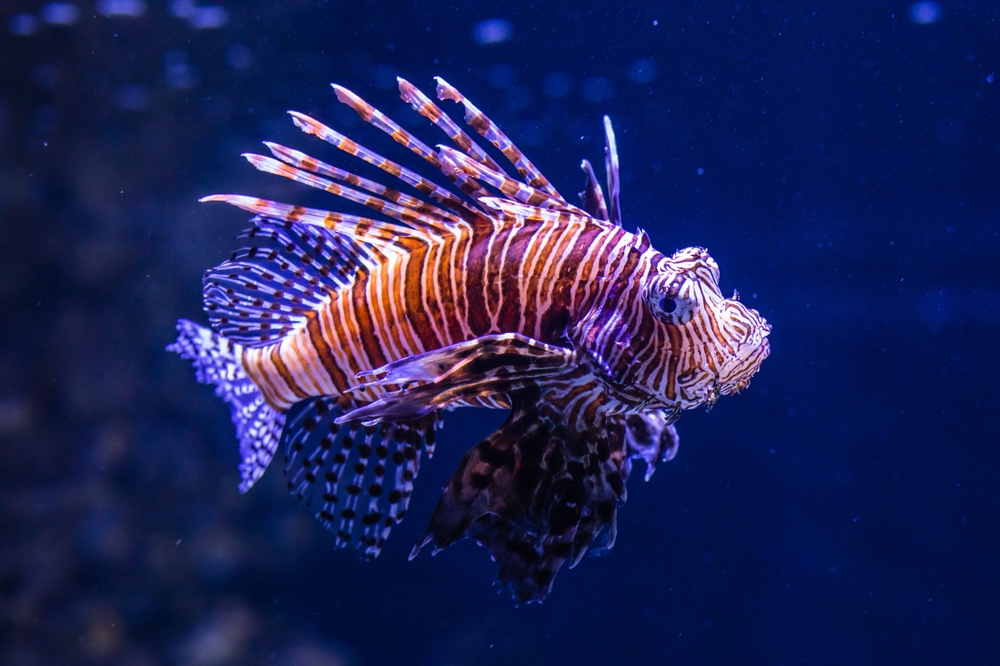
Phuket’s azure waters are mesmerizing, but they house the lionfish—an aquatic beauty with venomous spines. While encounters with humans are usually non-fatal, a sting can cause painful swelling, nausea, and respiratory difficulties. Though they’re fascinating to observe, divers and snorkelers should maintain a respectful distance to prevent an unexpected and painful interaction. The lionfish’s allure lies in its looks, not in its touch.
9. Egypt: Red Sea Urchin
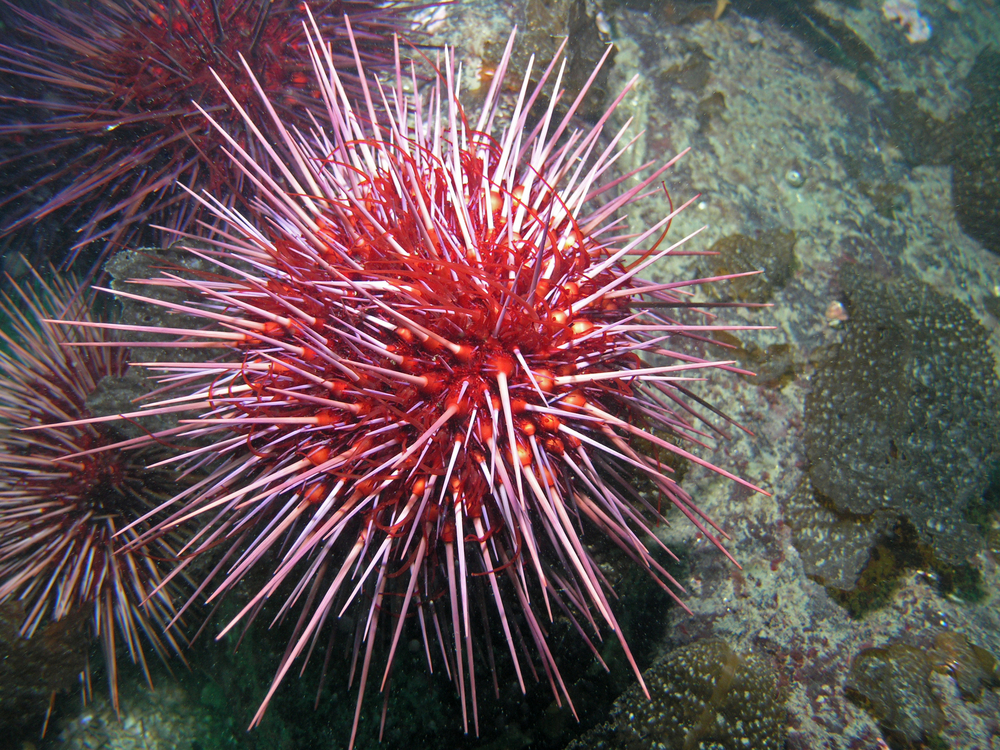
The Red Sea’s coral reefs are a spectacle, yet lurking among them is the unassuming yet perilous sea urchin. While admired for their unique appearance, stepping on one can lead to painful puncture wounds and venom-induced reactions. A cautious eye and mindful footsteps are key for those exploring these vibrant underwater landscapes. A snorkeling adventure here benefits from knowing where you step, turning potential pain into peaceful viewing.
10. Papua New Guinea: Crown-of-Thorns Starfish
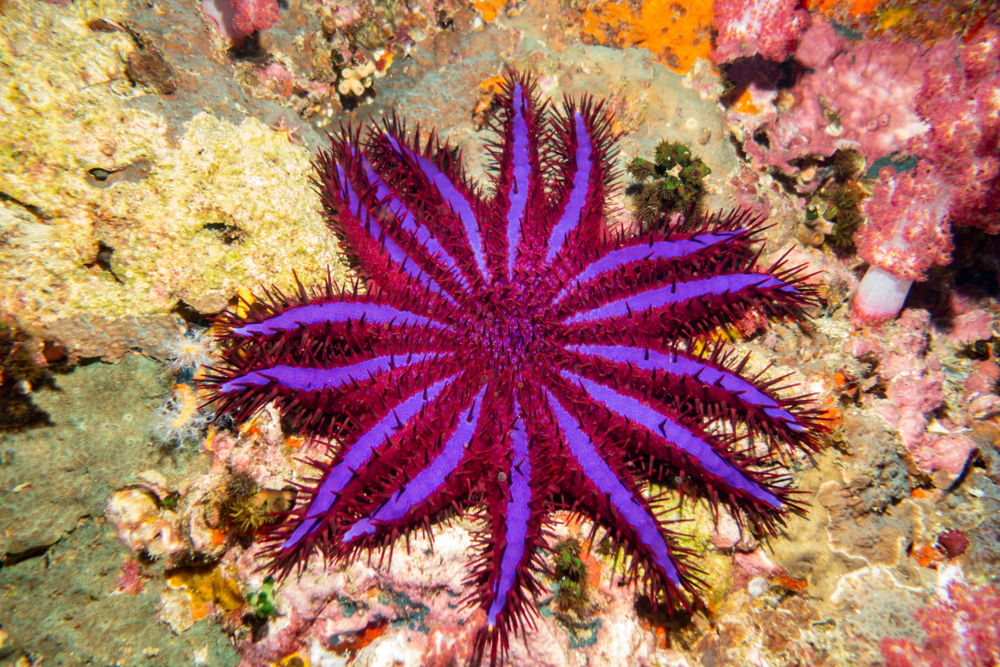
Papua New Guinea is a diver’s delight, but its reefs conceal the crown-of-thorns starfish. Despite their striking appearance, these starfish wield venomous spines capable of inflicting painful wounds and nausea. While they pose little threat when left undisturbed, a chance encounter can result in an unpleasant side trip to the local clinic. Admirers of marine beauty are encouraged to admire these spiky creatures sans touch.
11. Malaysia: Fire Coral
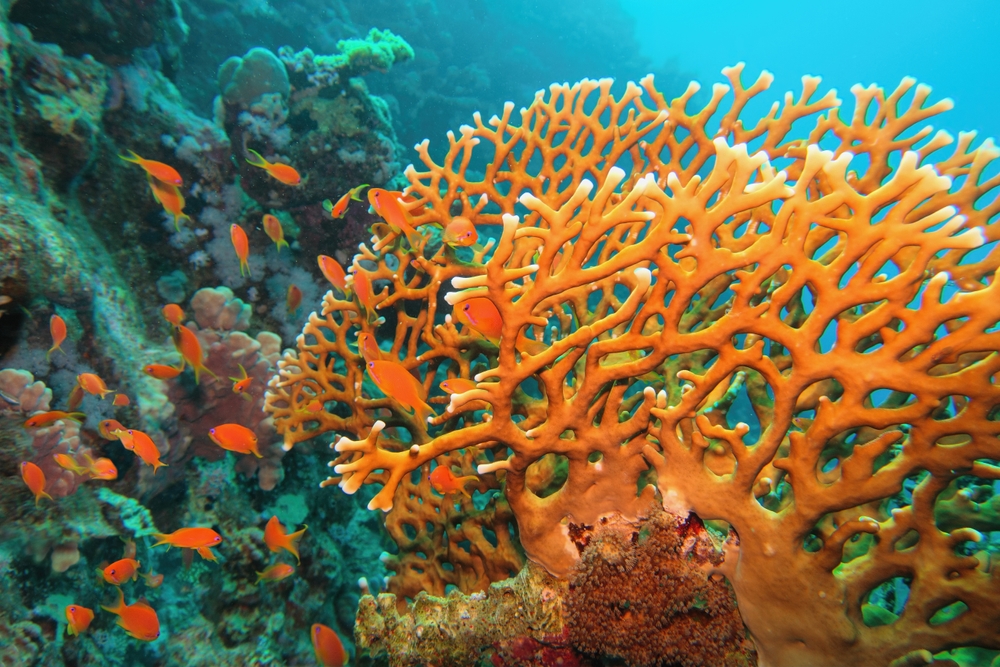
Malaysia’s captivating marine life calls to divers, though fire coral is a resident best appreciated from a distance. Not a true coral, this organism can nonetheless deliver a fiery sting to the unwary. Brushing against it can result in burning pain and a lingering rash. It’s a gentle yet significant reminder that some underwater wonders are better left untouched—letting the eyes feast while keeping hands safely tucked away.
12. Baja California, Mexico: Scorpionfish
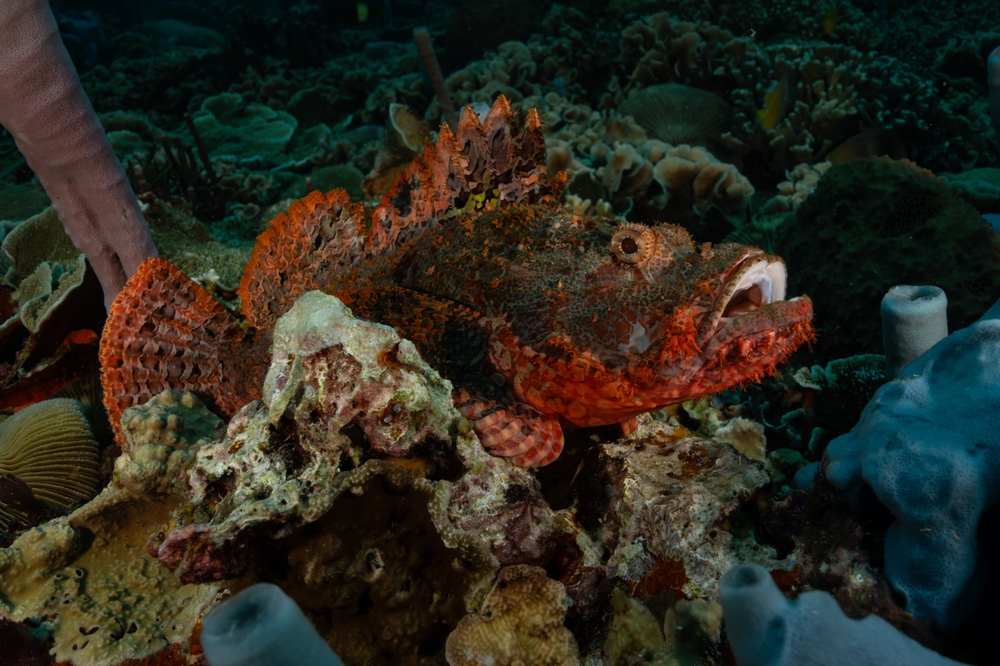
Baja’s waters beckon with their promise of adventure, yet the scorpionfish lurks as an unfriendly host. Masters of disguise, these venomous fish blend seamlessly into their surroundings, ready to deliver a painful sting to the unaware. Divers and snorkelers are advised to keep a watchful eye and respect the territory of these well-camouflaged residents, ensuring that the ocean’s beauty remains unmarred by an unexpected encounter.
13. Philippines: Jellyfish Lake
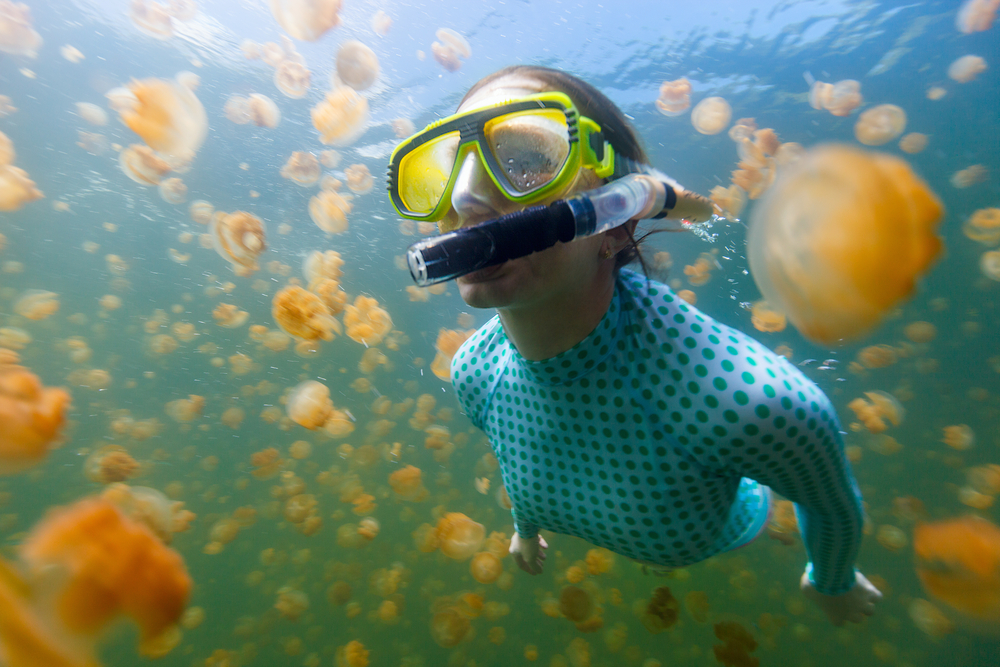
The Philippines’ Jellyfish Lake offers a unique swimming experience, but caution is advised. This marine lake is home to millions of jellyfish, some of which carry a mild sting. While they’re not as deadly as their oceanic cousins, swimmers might still feel a twinge if they get too close. This rare natural wonder invites gentle exploration, where the true magic lies in floating amidst these gelatinous creatures with care and respect.
14. Portugal: Weever Fish
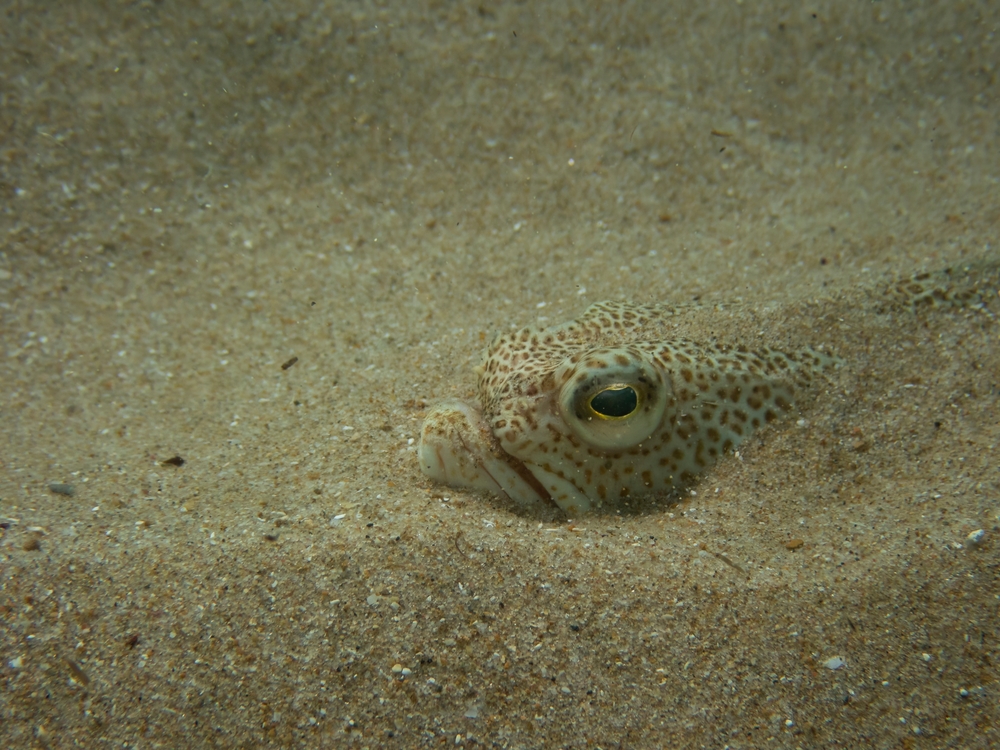
Portugal’s sun-kissed beaches are a delight, but the weever fish lurks beneath the sandy shores. Burying themselves just under the sand, these fish have venomous spines capable of delivering a sting that can cause intense pain and swelling. Beachgoers are advised to shuffle their feet when entering the water, transforming a potentially painful sting into a peaceful seaside afternoon.
